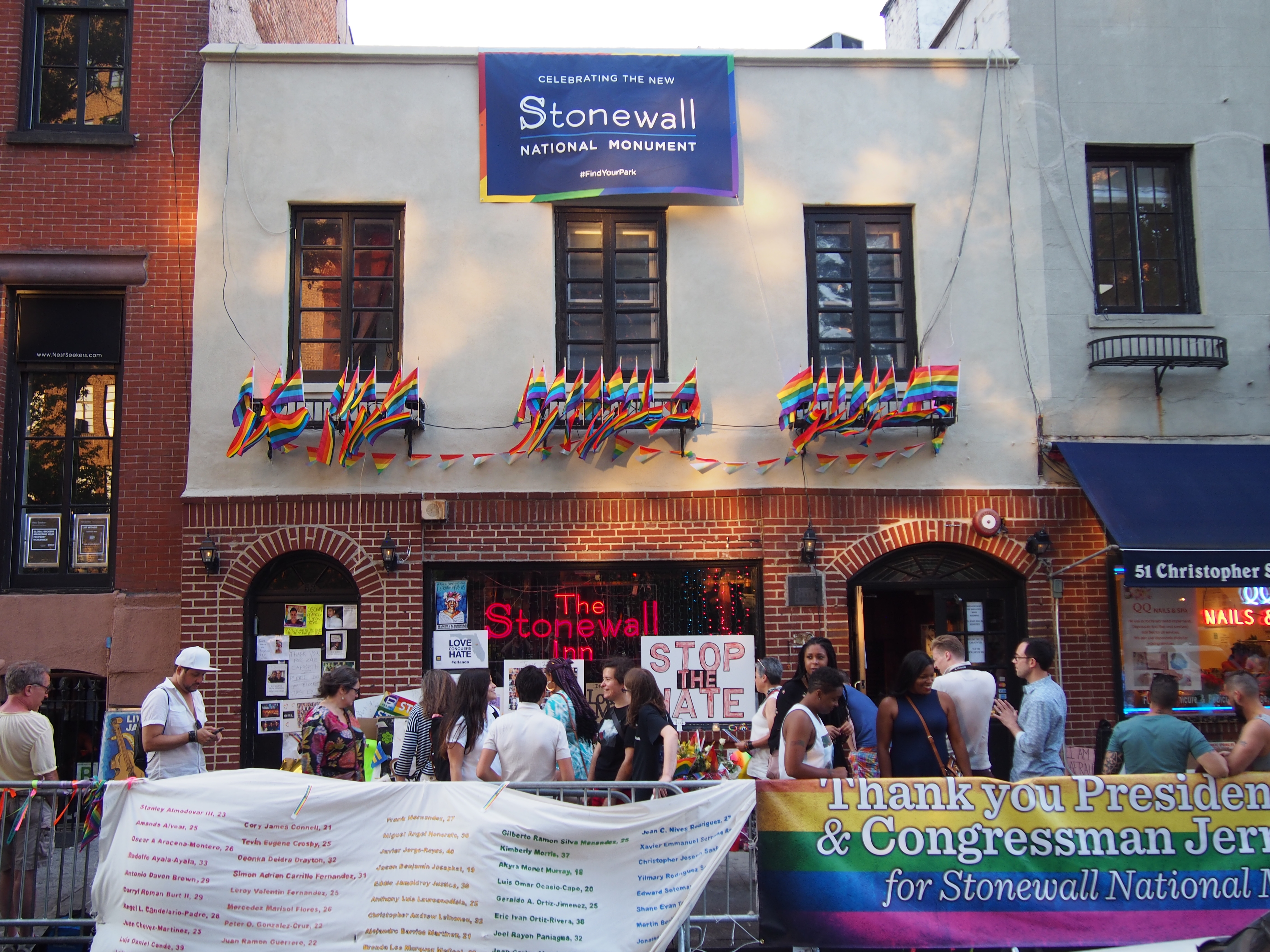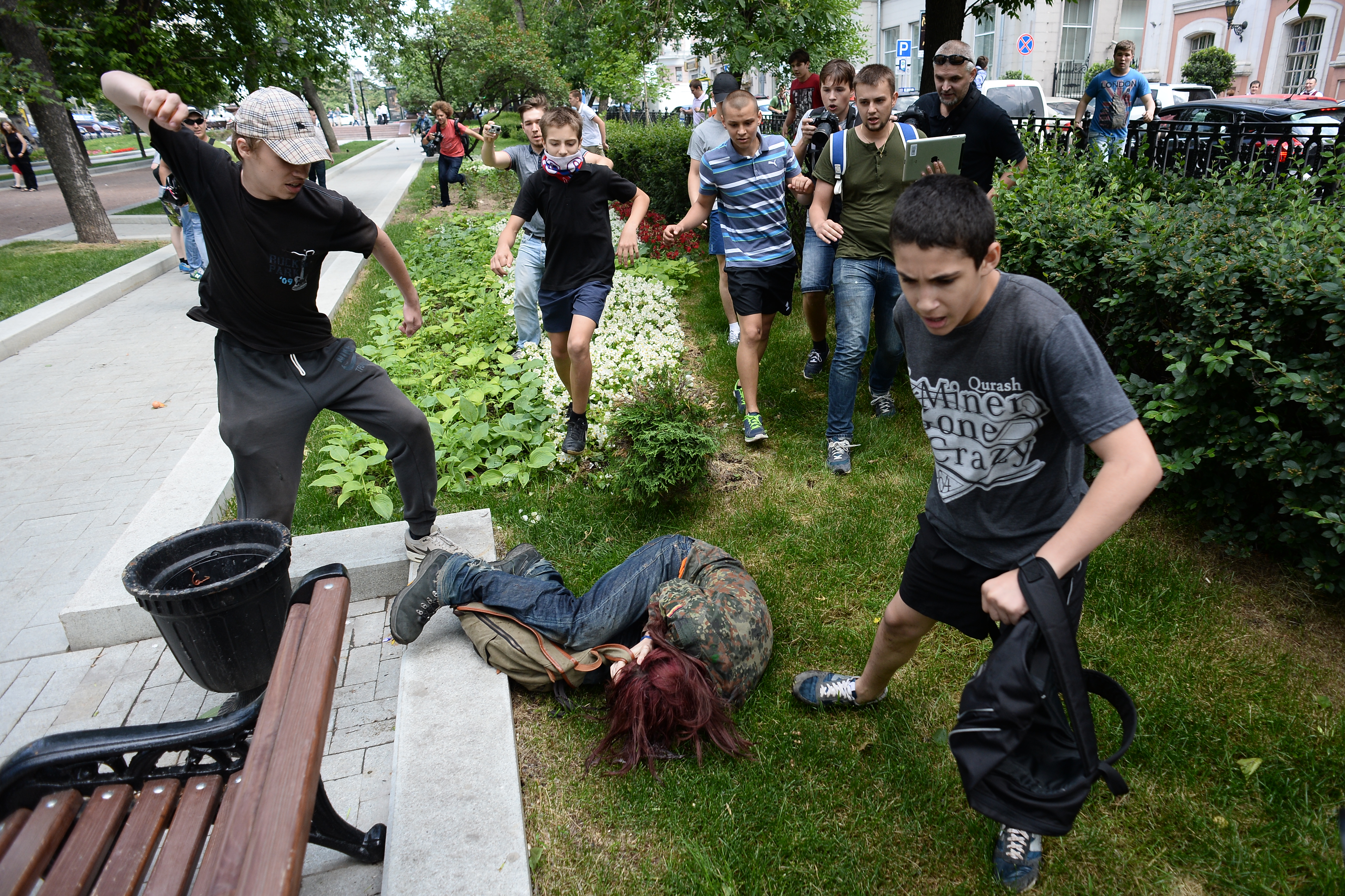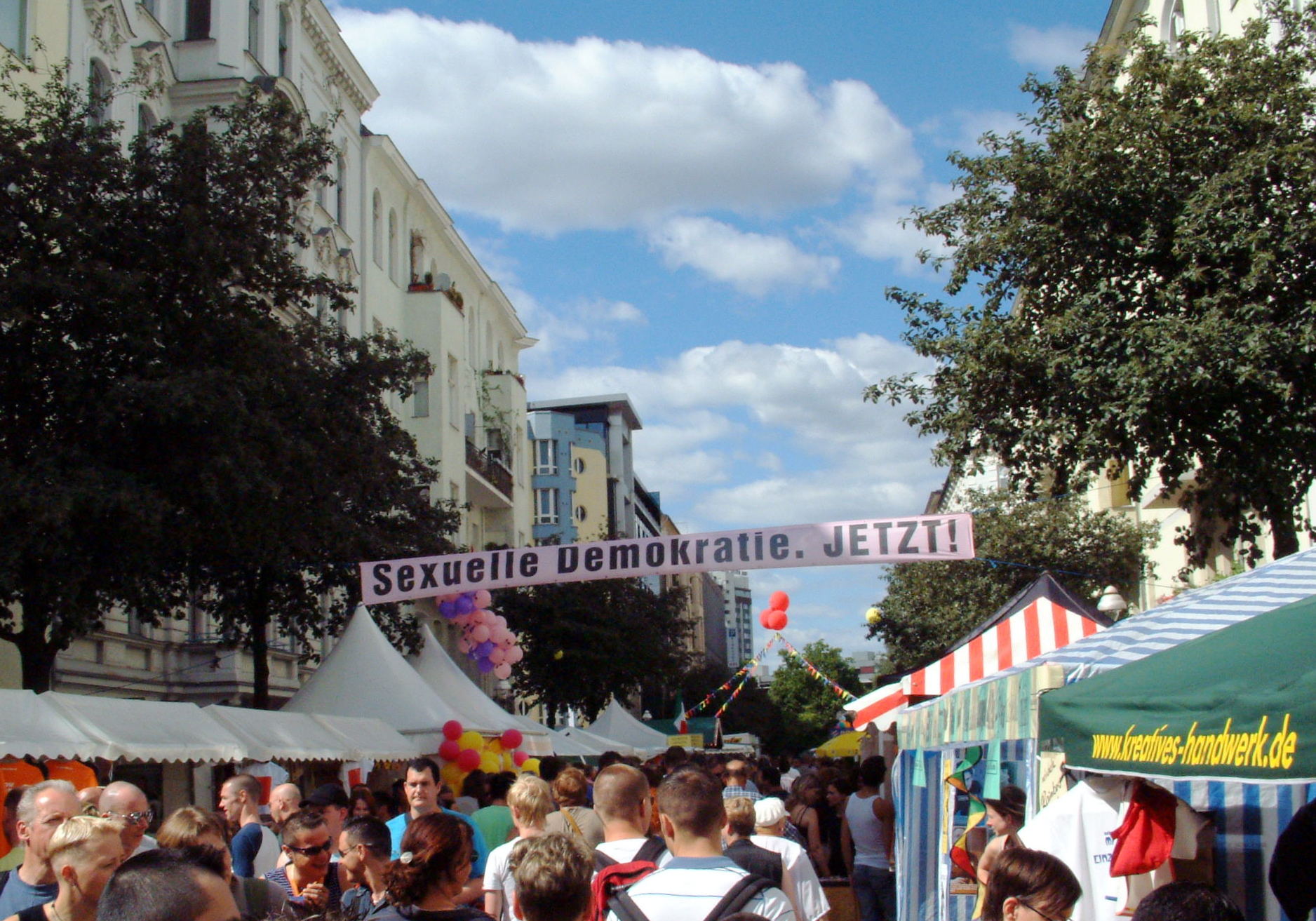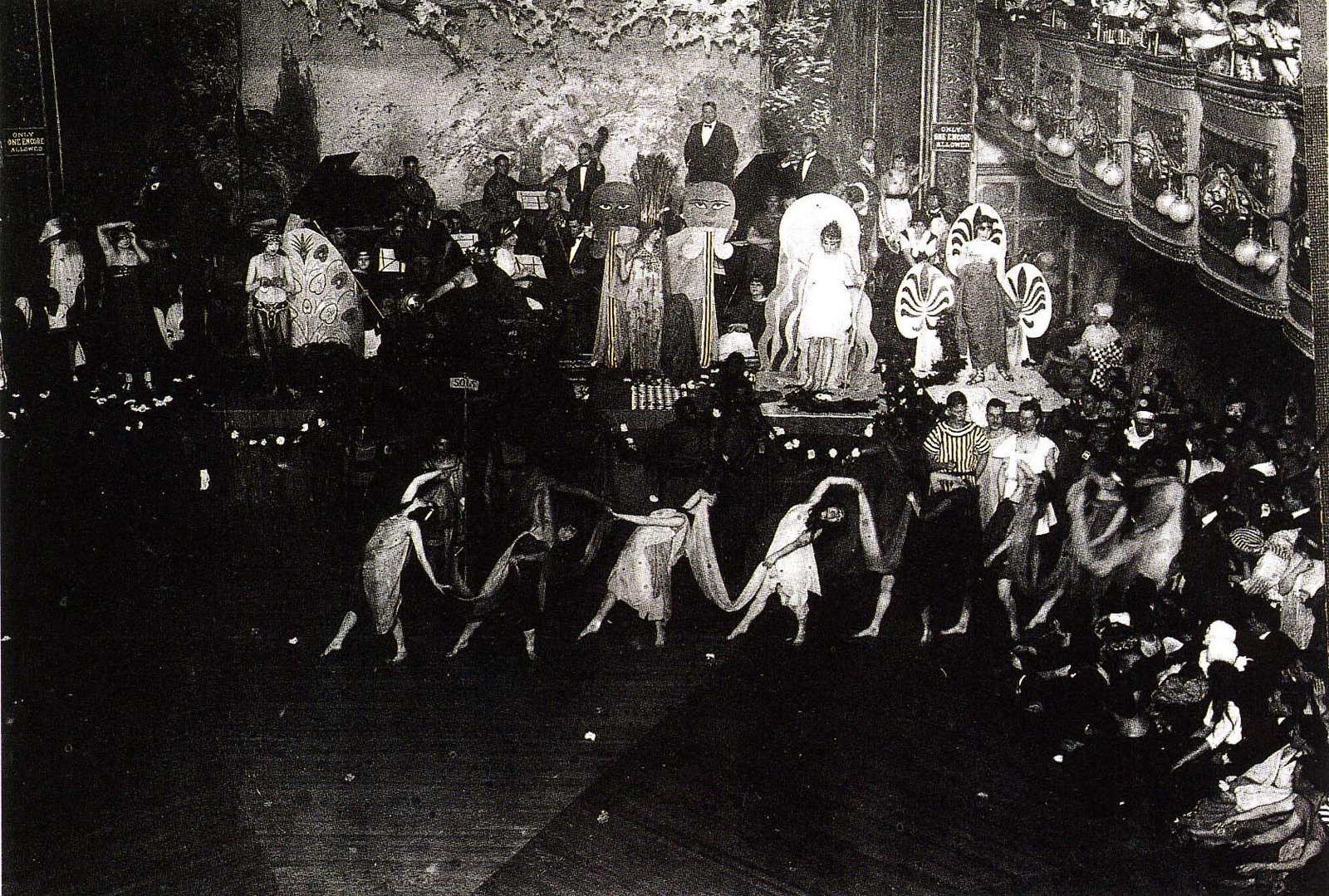|
LGBT
LGBTQ people are individuals who are lesbian, gay, bisexual, transgender, queer, or questioning. Many variants of the initialism are used; LGBTQIA+ people incorporates intersex, asexual, aromantic, agender, and other individuals. The group is generally conceived as broadly encompassing all individuals who are part of a sexual or gender minority, including all sexual orientations, romantic orientations, gender identities, and sex characteristics that are not heterosexual, heteroromantic, cisgender, or endosex, respectively. Scope and terminology A broad array of sexual and gender minority identities are usually included in who is considered LGBTQ. The term ''gender, sexual, and romantic minorities'' is sometimes used as an alternative umbrella term for this group. Groups that make up the larger group of LGBTQ people include: * People with a sexual orientation that is non-heterosexual, including lesbians, gay men, bisexual people, and asexual people * People ... [...More Info...] [...Related Items...] OR: [Wikipedia] [Google] [Baidu] |
LGBTQ Social Movements
Lesbian, gay, bisexual, transgender and queer (LGBTQ) movements are social movements that advocate for LGBTQ people in society. Although there is not a primary or an overarching central organization that represents all LGBTQ people and their interests, numerous List of LGBTQ rights organizations, LGBTQ rights organizations are active worldwide. The first homosexual movement, first organization to promote LGBTQ rights was the Scientific-Humanitarian Committee, founded in 1897 in Berlin. A commonly stated goal among these movements is LGBT rights, equal rights for LGBTQ people, often focusing on specific goals such as ending the criminalization of homosexuality or enacting same-sex marriage. Others have focused on building LGBTQ communities or worked towards liberation for the broader society from homophobia, biphobia, and transphobia. LGBTQ movements organized today are made up of a wide range of political activism and cultural activity, including lobbying, Demonstration (peopl ... [...More Info...] [...Related Items...] OR: [Wikipedia] [Google] [Baidu] |
Gay Men
Gay men are male homosexuals. Some bisexual men, bisexual and homoromantic men may dually identify as ''gay'' and a number of gay men also identify as ''queer''. Historic terminology for gay men has included ''Sexual inversion (sexology), inverts'' and ''Uranian (sexology), uranians''. Gay men continue to face significant Discrimination against gay men, discrimination in LGBT rights by country or territory, large parts of the world, particularly in most of LGBT rights in Asia, Asia and LGBT rights in Africa, Africa. In the LGBT rights in the United States, United States and the western world, many gay men still experience discrimination in their daily lives, though some openly gay men have reached national success and prominence, including Apple Inc., Apple CEO Tim Cook and heads of state or government such as Edgars Rinkēvičs (president of Latvia since 2023). The word ''gay'' is recommended by LGBTQ groups and style guides to describe all people exclusively attracted to m ... [...More Info...] [...Related Items...] OR: [Wikipedia] [Google] [Baidu] |
LGBTQ Culture
LGBTQ culture is a culture shared by lesbian, Gay men, gay, bisexuality, bisexual, transgender, and queer individuals (LGBTQ people). It is sometimes referred to as queer culture (indicating people who are queer), LGBT culture, and LGBTQIA culture, while the term gay culture may be used to mean either "LGBT culture" or homosexual culture specifically. LGBT culture varies widely by geography and the identity of the participants. Elements common to cultures of gay, lesbian, bisexual, transgender, and intersex people include: * Works by List of famous gay, lesbian, or bisexual people, famous gay, lesbian, bisexual, and List of transgender people, transgender people, including: ** Contemporary LGBTQ artists and political figures like Larry Kramer, Keith Haring and Rosa von Praunheim. ** Historical figures identified as LGBTQ, although identifying historical figures with modern terms for sexual identity is controversial (see History of sexuality). However, many LGBTQ people feel a ki ... [...More Info...] [...Related Items...] OR: [Wikipedia] [Google] [Baidu] |
Gay Village
A gay village, also known as a gayborhood or gaybourhood, is a geographical area with generally recognized boundaries that is inhabited or frequented by many lesbian, gay, bisexuality, bisexual, transgender, and queer (LGBTQ) people. Gay villages often contain a number of gay-oriented establishments, such as gay bars and pubs, gay nightclub, nightclubs, Gay bathhouse, bathhouses, restaurants, boutiques, and bookstores. Such areas may represent an gay friendly, LGBT-friendly oasis in an otherwise hostile city or may simply have a high concentration of gay residents and businesses. Some areas are often associated with being "gay" cities or resorts, due to their image and acceptance of the gay community. Much as other urbanized groups, some LGBT people have managed to utilize their spaces as a way to reflect their cultural values and serve the special needs of individuals in relation to society at large. Today, these neighborhoods can typically be found in the upper-class areas ... [...More Info...] [...Related Items...] OR: [Wikipedia] [Google] [Baidu] |
Gay Flag
The rainbow flag or pride flag (formerly gay pride flag) is a LGBT symbols, symbol of LGBT pride, LGBTQ pride and LGBTQ movements, LGBTQ social movements. The colors reflect the diversity of the LGBTQ community and the spectrum of human sexuality and gender. Using a rainbow flag as a symbol of LGBTQ pride began in San Francisco, California, but eventually became common at LGBT rights by country or territory, LGBTQ rights events worldwide. Originally devised by the artists Gilbert Baker (artist), Gilbert Baker, Lynn Segerblom, James McNamara and other activists, the design underwent several revisions after its debut in 1978, and continues to inspire variations. Although Baker's original rainbow flag had eight colors, from 1979 to the present day the most common variant consists of six stripes: red, orange, yellow, green, blue, and violet. The flag is typically displayed horizontally, with the red stripe on top, as it would be in a natural rainbow. LGBTQ people and straight al ... [...More Info...] [...Related Items...] OR: [Wikipedia] [Google] [Baidu] |
Queer People
''Queer'' is an umbrella term for people who are non-heterosexual or non- cisgender. Originally meaning or , ''queer'' came to be used pejoratively against LGBTQ people in the late 19th century. From the late 1980s, queer activists began to reclaim the word as a neutral or positive self-description. In the 21st century, ''queer'' became increasingly used to describe a broad spectrum of non- heteronormative sexual or gender identities and politics. Academic disciplines such as queer theory and queer studies share a general opposition to binarism, normativity, and a perceived lack of intersectionality, some of them only tangentially connected to the LGBTQ movement. Queer arts, queer cultural groups, and queer political groups are examples of modern expressions of queer identities. Critics of the term include members of the LGBTQ community who associate it more with its colloquial, derogatory usage; those who wish to dissociate themselves from queer radicalism; and thos ... [...More Info...] [...Related Items...] OR: [Wikipedia] [Google] [Baidu] |
Transgender
A transgender (often shortened to trans) person has a gender identity different from that typically associated with the sex they were sex assignment, assigned at birth. The opposite of ''transgender'' is ''cisgender'', which describes persons whose gender identity matches their assigned sex. Often, transgender people desire medical assistance to Gender transition, medically transition from one sex to another; those who do may identify as transsexual.. "The term ''transsexual'' was introduced by Cauldwell (1949) and popularized by Harry Benjamin (1966) [...]. The term ''transgender'' was coined by John Oliven (1965) and popularized by various transgender people who pioneered the concept and practice of transgenderism. It is sometimes said that Virginia Prince (1976) popularized the term, but history shows that many transgender people advocated the use of this term much more than Prince." Referencing .. "The use of terminology by transsexual individuals to self-identify varies ... [...More Info...] [...Related Items...] OR: [Wikipedia] [Google] [Baidu] |
Aromanticism
Aromanticism is a romantic orientation characterized by experiencing little to no romantic attraction. The term "aromantic", colloquially shortened to "aro", refers to a person whose romantic orientation is aromanticism. It is distinct from, though often confused with, ''asexuality'', the lack of sexual attraction. Definition, identity and relationships Aromanticism is defined as "having little or no romantic feeling towards others: experiencing little or no romantic desire or attraction". The term aromantic was added to the ''Oxford English Dictionary'' in 2018. The opposite of aromanticism is , defined as a romantic orientation in which one experiences romantic love or romantic attraction to others. Some individuals who fall on the aromantic spectrum of identities describe themselves as having experienced romantic love or romantic attraction at some point. Such aromantics may adopt labels for more specific identities on the aromantic spectrum, such as "grayromantic" (roman ... [...More Info...] [...Related Items...] OR: [Wikipedia] [Google] [Baidu] |
Aromantic
Aromanticism is a romantic orientation characterized by experiencing little to no romantic attraction. The term "aromantic", Colloquialism, colloquially shortened to "aro", refers to a person whose romantic orientation is aromanticism. It is distinct from, though often confused with, ''asexuality'', the lack of sexual attraction. Definition, identity and relationships Aromanticism is defined as "having little or no romantic feeling towards others: experiencing little or no romantic desire or attraction". The term aromantic was added to the ''Oxford English Dictionary'' in 2018. The opposite of aromanticism is , defined as a romantic orientation in which one experiences romantic love or romantic attraction to others. Some individuals who fall on the aromantic spectrum of identities describe themselves as having experienced romantic love or romantic attraction at some point. Such aromantics may adopt labels for more specific identities on the aromantic spectrum, such as "grayro ... [...More Info...] [...Related Items...] OR: [Wikipedia] [Google] [Baidu] |
Agender
Non-binary or genderqueer gender identities are those that are outside the male/female gender binary. Non-binary identities often fall under the transgender umbrella since non-binary people typically identify with a gender that is different from the sex assigned to them at birth, although some non-binary people do not consider themselves transgender. Non-binary people may identify as an intermediate or separate third gender, identify with more than one gender or no gender, or have a fluctuating gender identity. Gender identity is separate from sexual or romantic orientation; non-binary people have various sexual orientations. Non-binary people as a group vary in their gender expressions, and some may reject gender identity altogether. Some non-binary people receive gender-affirming care to reduce the mental distress caused by gender dysphoria, such as gender-affirming surgery or hormone replacement therapy. Terms and definitions The term "genderqueer" first app ... [...More Info...] [...Related Items...] OR: [Wikipedia] [Google] [Baidu] |








